Refurbishment project Can Falç
Can Falç
The refurbishment project will improve our historical legacy, cultural richness and tourism. The refurbishment of Can Falç will allow us to gain back a landmark building and turn it into a museum that will display our agricultural and fishing past. The project is sponsored by the City Hall of Sitges and the Barcelona Provincial Council and managed by Heritage Consortium of Sitges. The principles that should govern this action are the recovery of our historical, artistic and cultural legacy and its contents; also dissemination, promotion and exploitation as a cultural center and the social, cultural, educational, tourist and economic profitability of the project and economic sustainability.
Project
- Annexation of Can Falç to the Sitges Heritage Consortium and donation of Can Falç's furniture to the City Hall of Sitges.
- Grant of €280,000 by the Barcelona Provincial Council for drafting of project.
What is Can Falç?
The oldest private house in Sitges fully preserved until the present. The interior of the building (furniture, mural decoration, paintings, objects) were maintained in its entirety until 2000.
Important dates of Can Falç
1669: Joan Josep d’Àustria.
1685: Francesc Falç, frigate captain.
1742: Lintel of new entrance hall.
1793: Can Llopis.
19th and 20th Centuries: Pictorial stage.
1924-1936: Mossèn Joan Lloveras School.
1986: Donation of building to the Barcelona Provincial Council.
1988: From a seventeenth century orchard and romantic garden to a hard-topped plaza.
1990: The slow decline.
2000: Death of Josefina de Dalmau and testamentary dispositions concerning personal property.
2000-2011: Accelerated degradation.
2010: From green area to building lot.
2011-2014: Favorable interventions.
Heritage protection classification (PEPPAC 1991 no.342)
"Strict maintenance of volume and facades. Works will only be authorized with a previous inspection and assessment by municipal services".
Can Falç Project
- Refurbishment.
- Transformation into a museum.
- Cultural Center.
- Public use .
Guiding principles
- Recovery of historical, artistic and cultural heritage of the building and contents.
- Dissemination, promotion and exploitation as a cultural center.
- Social, cultural, educational, tourist and economic profitability of project.
- Economic sustainability.
- Global project and implementation stages.
Priorities of the draft
- Definition of intended use.
- Full restoration of building.
- Search for funding sources, sponsorship and partnership.
- Implementation stages
- Programs for the development of implementation stages.
Goals
- Full restoration of building and contents.
- Full preservation of main floor.
- Cultural, educational, touristic and heritage use.
- Hub for promoting local and international campaigns related with Sitges.
Lines of action
- Heritage.
- History.
- Arts.
- Promotion / Education.
- Cultural tourism.
- Internationalization.
- Sustainability.
Uses and contents
- Can Falç, ancestral home in Sitges.
- Collections of archeology, maritime and diverse industries: wine, textile, footwear and tourism.
- Centre for promotion and revitalization.
- Reconstruction and commercial exploitation of winery.
Programs
- History and legend of the Falç lineage.
- From Can Falç to Can Llopis.
- Can Falç winery, wine, Malvasia and trade.
- Freight lines from Sitges (Emerencià Roig i Raventós Maritime Collection).
- The capital of Neanderthals (Collection of Archaeology).
- Can Falç, artistic landscape. From Luminism to the twentieth century.
Space allocated to activities and services
- Reception and information.
- Shop.
- Education and workshop.
- Documentation.
- Audiovisual.
- Offices and administration.
- Maintenance and storage.
Funding
- Public: Barcelona Provincial Council, Sitges Town Council and others.
- Private: patronage and cooperation.
- Equity: generated by the operation of winery and other activities.
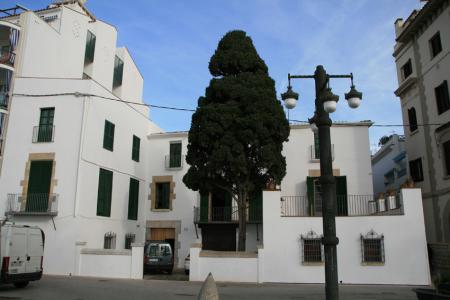
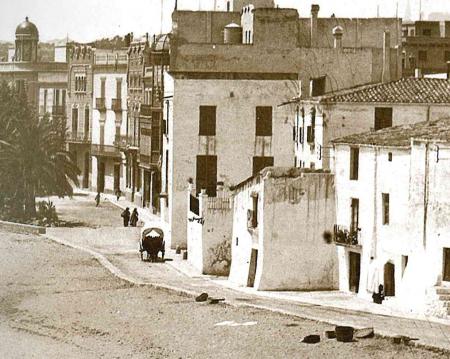
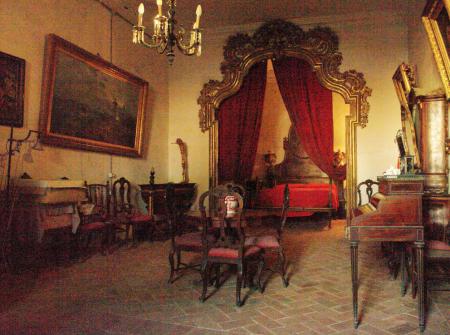
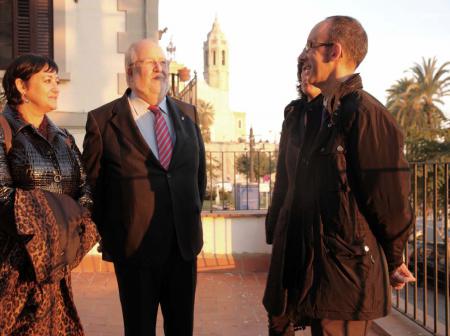
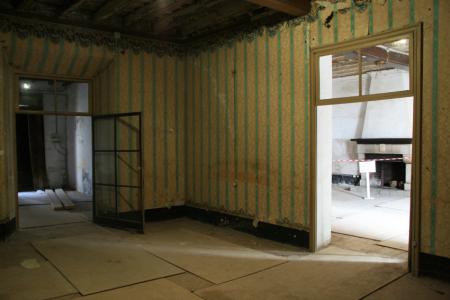
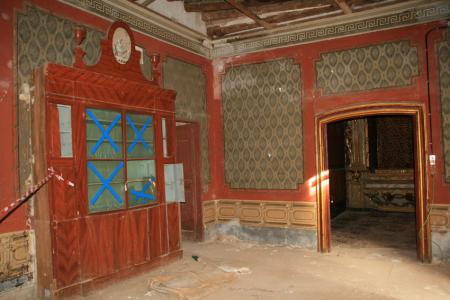
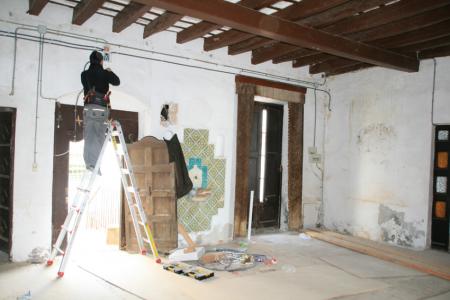


 Buy tickets
Buy tickets Buy tickets
Buy tickets


